In this Article
Growing your own vegetables is a great way to save money on ever-increasing food bills, and there’s no better feeling than cooking up a feast using fresh ingredients from the vegetable plot. But if you’re limited on time or space, are some vegetables more cost-effective to grow than others?
The best moneysaving vegetables to grow from seeds are those that produce large yields of produce that attract a higher price tag in the shops. These include crops that are easy to grow with minimal input, such as lettuces and leafy greens. High-yielding summer vegetables like courgette, tomato, and cucumber are also great moneysaving vegetables to grow.
How can growing vegetables save you money?
It would be easy to assume that any homegrown vegetable would save you money, but this might not always be true! Expenses incurred along the way create a hidden price tag on your delicious homegrown crops, and, of course, it’s impossible to resist the lure of new seed varieties. If you’re splashing out on the best quality compost and paying over the odds for seeds, you might well be spending more than you’re saving.
If money saving is a priority or you’ve only got the space for a few crops, it makes sense to prioritize those that reap the biggest financial rewards. By focusing on vegetables that cost little to grow and produce large yields, we can significantly cut our food bills while enjoying the delicious flavours of home-grown vegetables.
So, without any further ado, let’s take a look at the top 10 moneysaving vegetables to grow!
Top 10 Moneysaving Vegetables To Grow
Are you looking for the best vegetables to grow to cut down your food bills? In our opinion, you can’t go wrong with these delicious money-saving crops!

1: Tomatoes
No vegetable garden would be complete without a crop of tomatoes, and with good reason! Tomato seeds are inexpensive and easy to germinate, and a single plant can produce up to 30 lbs of tomatoes in a single season. And, of course, homegrown tomatoes taste infinitely better than their bland store-bought counterparts.
The key to success with tomatoes is to grow varieties suited to your region and climate. This will ensure you have healthy, resilient plants less prone to disease, increasing the chances of maximum yields. Tomato plants are notoriously hungry feeders, but making your own organic fertilizer can help to save money.
One of the joys of growing tomatoes is the sheer range of varieties to choose from. Tomatoes are used in countless recipes, from salads and sandwiches to pasta sauces and salsas. The low cost of tomato seeds makes it viable to grow several varieties in all manner of shapes, sizes, and colours.
If space is at a premium, opt for bushy cherry tomatoes that can be grown in containers or hanging baskets. Larger salad and beefsteak tomato plants require a bit more room but, in return, will produce bigger yields. Tomatoes with dense flesh, like the delicious San Marzano, are easy to preserve for later use, giving the taste of sun-kissed fruits all year round.
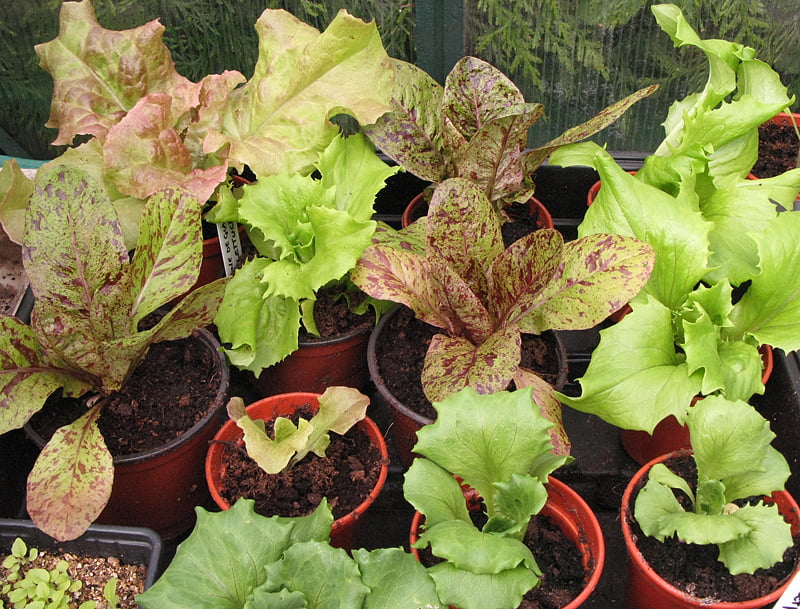
2: Lettuce
Fast-growing and perfect for salads, lettuce is a cost-effective option for gardeners that can be continuously harvested all year round. Store-bought lettuce deteriorates quickly after purchase and often needs to be discarded after a day or two. In contrast, homegrown lettuce is crisp, fresh, and ready to eat whenever you need it.
While we’re accustomed to buying whole heads of lettuce from the supermarket, many gardeners prefer the ‘cut-and-come-again’ harvesting method. By removing only the larger edible leaves rather than the whole plant, lettuces can continue producing for several weeks or even months.
Like tomatoes, lettuces come in a wide range of varieties, and mixed packets containing hundreds of seeds are cheap and easy to grow. They grow well in containers and small spaces and enjoy the shade provided by taller crops. To ensure a steady supply of crisp lettuce leaves for your kitchen, sow a new batch of seeds every few weeks during spring and autumn.

3: Courgette
Courgettes are one of the true wonders of nature – just one little seed can grow into a plant that yields 20 or more courgettes in one season! Two or three plants will produce a steady supply of courgettes throughout the summer months, with plenty spare to give to friends and neighbours. This popular veg is incredibly versatile as it can be used in bread, cakes, muffins, as well as various savoury dishes.
Courgette plants can be grown freely across the ground, but they tend to take up a lot of room. Alternatively, they can be trained to grow vertically or opt for space-saving bush varieties instead.
With a similar growth habit to courgettes, squashes can also be a great moneysaving vegetable to grow. Summer squashes, like courgettes, are best eaten fresh, but winter squashes can be stored in a cool place for later consumption, giving you a valuable food source when other crops are scarce.
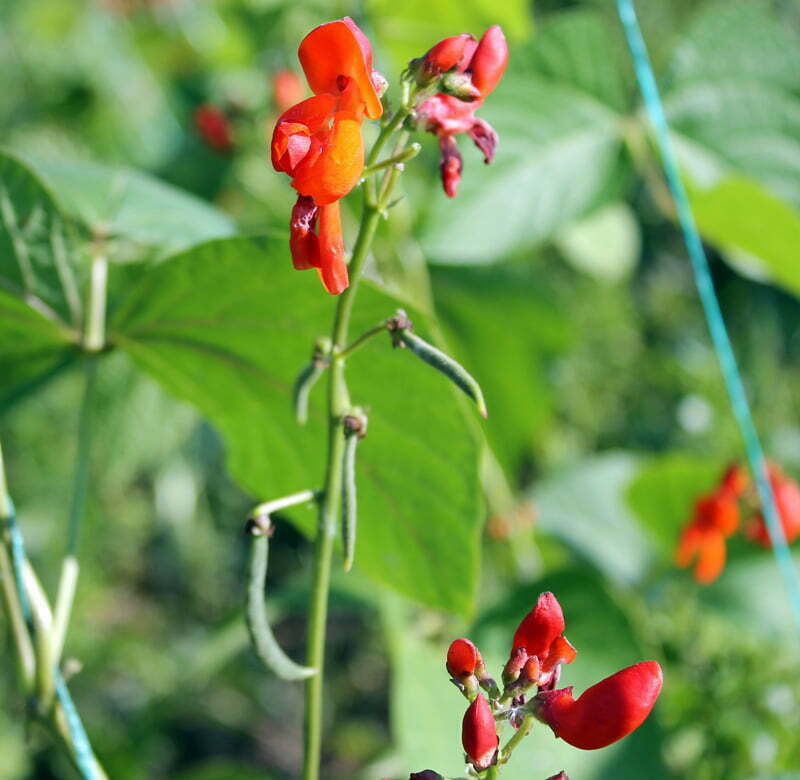
4: Climbing Beans
Beans are one of the highest protein vegetables we can grow, providing a cheap and nutritious food source for the home gardener. In terms of yield, the best performers are climbing varieties, including French and runner beans. These will quickly scramble up whatever supporting structure you provide, producing a prolific amount of deliciously crisp green beans.
Not only are climbing beans one of the healthiest vegetables, but they are also ideal for longer-term storage. A glut of beans can be blanched and frozen for consumption later. They can also be canned, pickled, or used to make flavoursome chutneys.
For a varied diet, try growing a selection of different climbing French and runner beans – vibrant purple and yellow beans look great alongside their traditional green counterparts. Borlotto beans are a good choice, as the immature pods can be eaten in the same way as French beans, while ripe seeds from mature pods can be dried for later use.

5: Cucumbers
Cucumbers are very similar to courgettes in terms of growth habit and yield, producing numerous delicious fruits from a single plant. They are also one of the lowest-carb vegetables you can grow, making them a refreshing addition to summer salads and snacks.
Cucumber plants have a vining habit and love to clamber upwards, making them ideal for vertical gardening. The shade produced by these leafy plants is perfect for growing heat-sensitive crops like lettuce and spinach.
The joy of growing cucumbers at home is the wide range of varieties available – as well as ‘ordinary’ green cucumbers, yellow, striped, snack-sized, and pickling cucumbers are all easy to grow. The flavour and crispness of a freshly picked home-grown cucumber far surpass anything bought from a supermarket, making them one of the most beneficial vegetables a home gardener can grow.
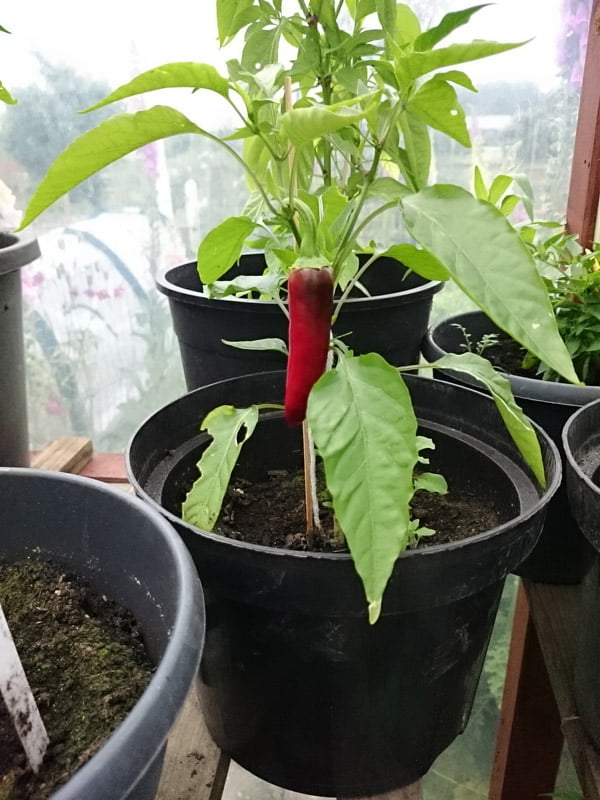
6: Sweet Peppers
Sweet peppers, with their vibrant colours and sweet flavours, are not only a delightful addition to various dishes but also a cost-effective vegetable to grow at home. Commercially produced sweet peppers are often bland and tasteless, making it hard to justify the high price tag. In contrast, homegrown peppers are crisp, sweet, and packed full of flavour. Peppers are not the easiest crop to grow, but they are worth the effort!
The seeds of sweet peppers can be tricky to germinate as they like consistent warmth, but home propagators are inexpensive and increase your chances of success. Alternatively, seed trays can be placed inside a plastic bag in a warm airing cupboard until the new seedlings emerge. These plants take several months to produce a crop, so seeds should be started indoors in early spring to account for this.
Thanks to their subtropical origins, sweet peppers produce better yields when grown in a warm, sunny site. A greenhouse or polytunnel is ideal, or outdoors in a sheltered spot in full sun. Keep plants well-watered and fertilized regularly, and you’ll be enjoying freshly harvested sweet peppers all summer long.
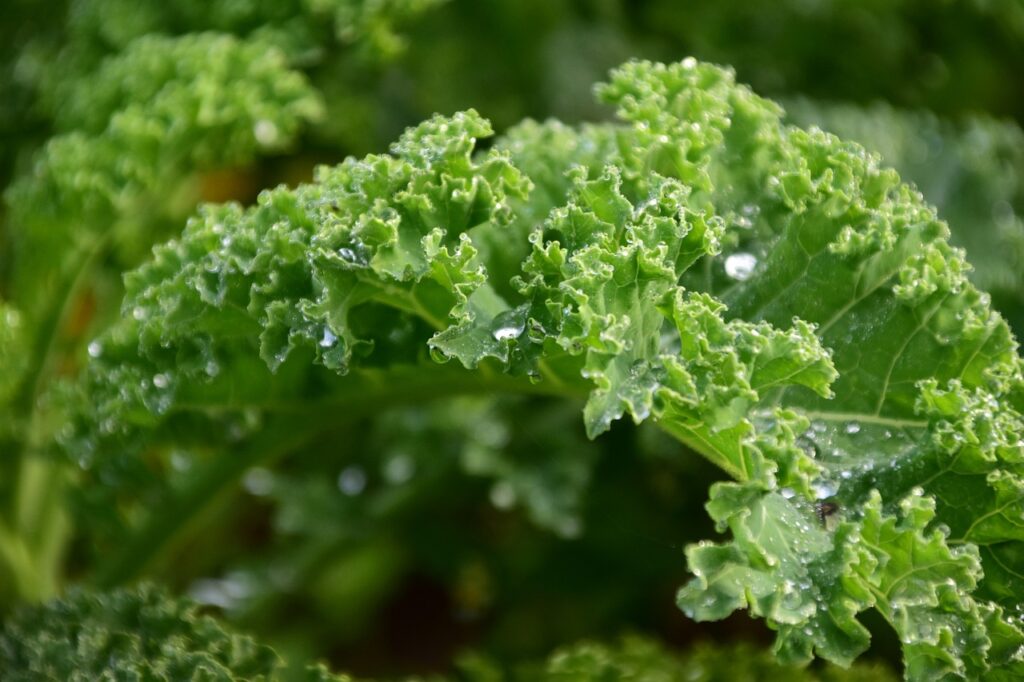
7: Kale
With its nutrient-dense leaves and hardy nature, kale is an excellent money-saving vegetable for home gardeners. Just a few healthy kale plants will produce a continuous supply of this superfood, freshly harvested for maximum nutritional value. Homegrown kale has a sweeter and more vibrant flavour than store-bought varieties, making it ideal for salads, smoothies, sautés, and soups.
Kale is one of the easiest and best green vegetables to grow due to its resilience to various growing conditions. It tolerates cold well, making it one of the few crops that can be harvested through the winter months. Kale also adapts well to growing in containers but prefers to be partially shaded during the hotter months.
Harvest kale regularly throughout the growing season, removing the outer leaves as soon as they are large enough to eat. Young tender leaves can be eaten raw, while older leaves are more suitable for cooking. Harvesting leaves as soon as they are large enough stimulates the plant to produce new leaves, ensuring a regular supply for your culinary endeavours.
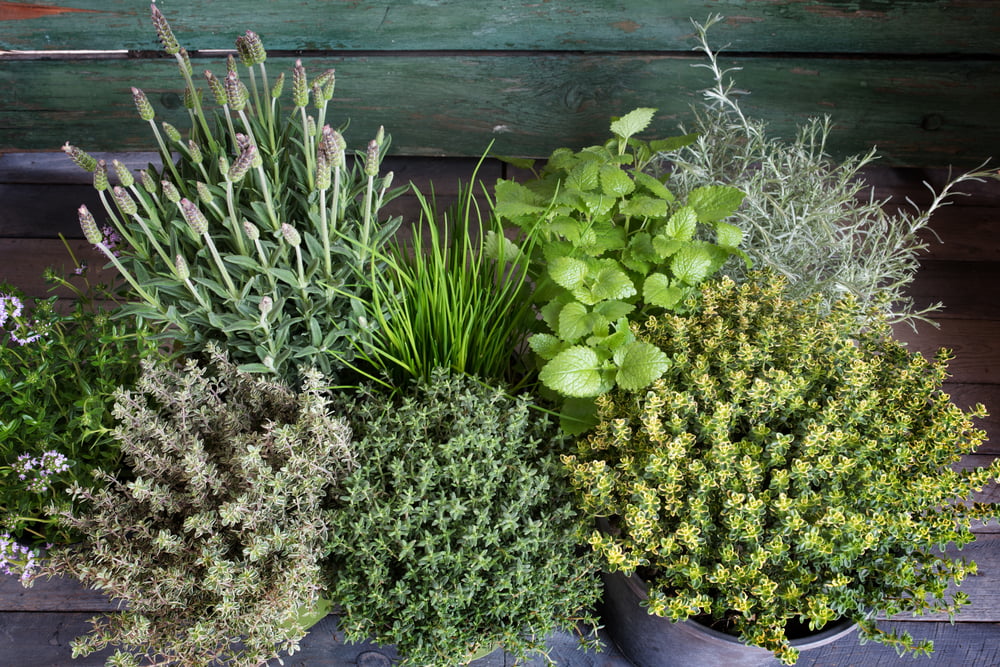
8: Herbs
Did you know that a packet of herb seeds is often cheaper than buying a bunch of fresh herbs from the supermarket? Yes, that’s right – by growing herbs from seed, we can have a steady supply of fragrant flavourings on hand whenever we need them, all at very little cost.
Herb seeds that will yield the fastest results are leafy, soft-stemmed varieties like coriander, basil, and dill. These annual herbs will need to be sown yearly, but their rapid growth rate makes them well worth the effort.
Slower-growing perennial herbs like thyme, rosemary, and oregano take more time and patience; it may be several months before you can take your first harvest. However, these woody-stemmed herbs last for many years, and new plants can easily be propagated from seed or by taking cuttings. Other herbs worth considering for the kitchen garden are chives and parsley, both of which add an intense flavour profile to various dishes.
As well as boosting your culinary efforts, herbs can also be beneficial to the yield of other vegetable crops. Most herbs are excellent companion plants, helping repel pests and attracting beneficial pollinating insects. So, as well as adding flavour to your food, herbs can also maximize your chances of a bountiful garden harvest!
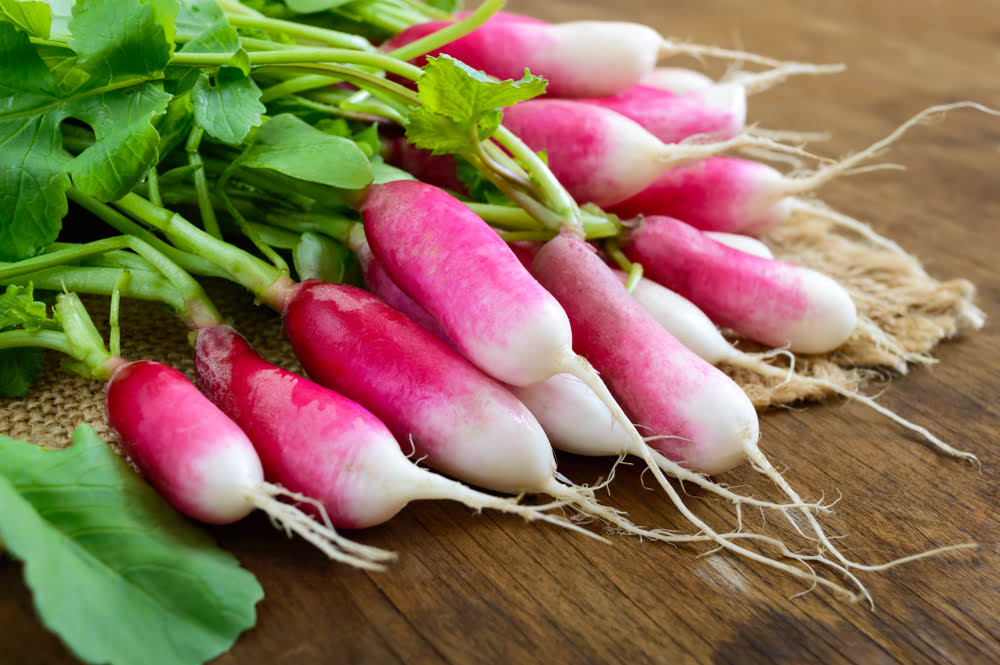
9: Radishes
A single pack of radish seeds can contain upwards of 500 seeds – more than enough to provide for even the biggest radish fan for several growing seasons! One of the key advantages of growing radishes is their rapid growth, making them suitable for gardeners looking for fast results. Their small size also makes them suitable for growing between rows of slower-growing crops, maximizing the use of space in your garden.
The speedy growth rate of salad radishes means they can be sown every few weeks throughout the spring and summer, ensuring a plentiful supply for salads and snacks. As the cooler months of autumn roll around, try sowing some slower-growing winter radishes, perfect for hearty, wholesome meals like soups, stir-fries, and casseroles.
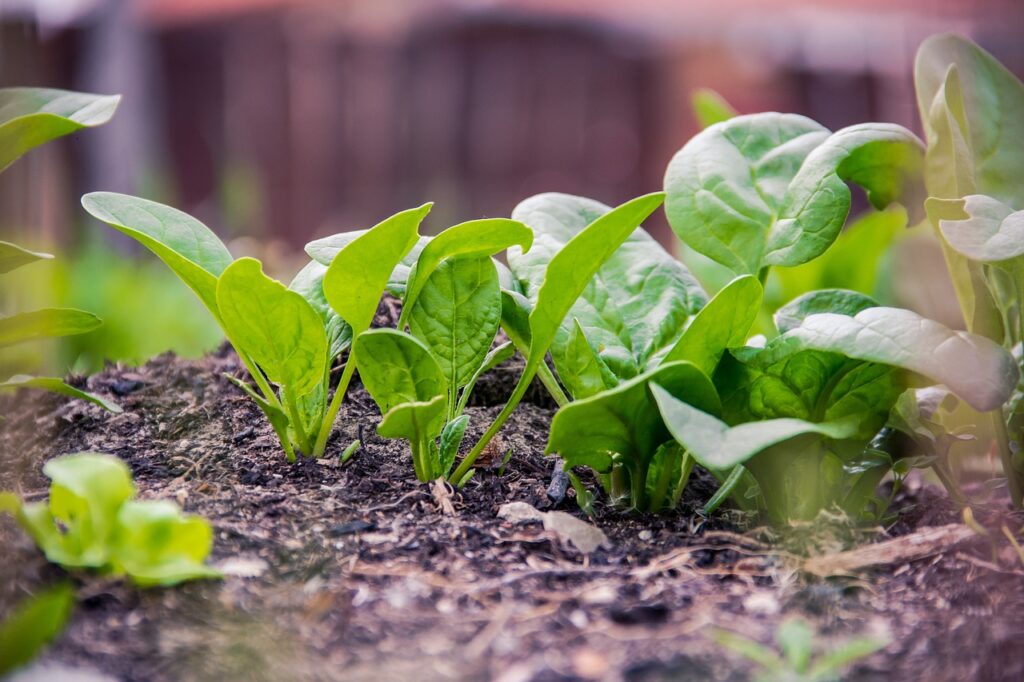
10: Spinach
Fresh spinach leaves are often regarded as an expensive store-bought luxury, which is astounding when you realise how cheap and easy, they are to grow at home. Packed with vitamins and minerals, spinach is a versatile leafy green that grows rapidly, producing a regular supply of delicious leaves for salads and cooking.
Homegrown spinach has a crisper and more vibrant flavour than store-bought varieties and is also more nutritious. Prepacked spinach leaves in the supermarket may have been picked up to a week earlier, and by the time we consume them they have lost most of their beneficial nutrients. In contrast, homegrown spinach is about as healthy as you can get, especially if harvested the same day it is consumed.
If you’re a fan of spinach leaves, it’s worth growing them alongside other leafy greens like oriental salads and mixed lettuces. Imagine picking a range of baby leaves for a fresh summer salad – just like those bags of mixed salad leaves in the supermarket, but at a fraction of the cost!

